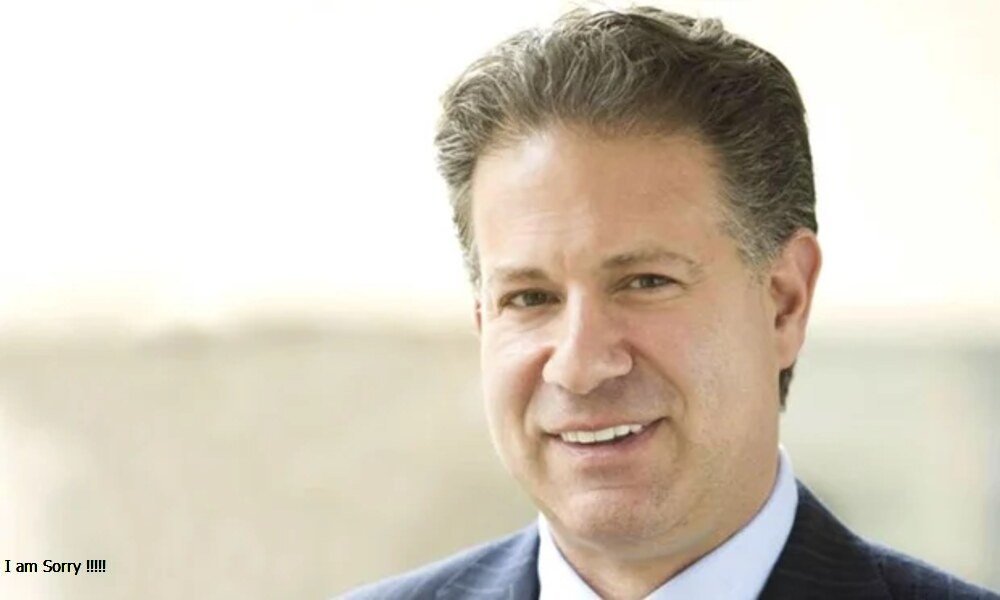Introduction to Tonsil Regrowth After Removal
Tonsillectomy is a surgical procedure that involves the removal of the tonsils, typically to treat recurring infections or breathing issues. It’s often seen as a permanent solution, but an intriguing question that usually arises is: “Can tonsils grow back after being removed? – Tymoff.” The short answer is yes, but it’s not common. This article dives into the facts, debunking myths and presenting the latest scientific insights to help readers understand how and why tonsils might regrow after surgery. With many patients uncertain about what to expect post-surgery, understanding this phenomenon is crucial for long-term health and peace of mind.
What Are Tonsils and Why Are They Removed?
Tonsils are two small masses of lymphatic tissue located at the back of the throat. They play a key role in the body’s immune system, especially during early childhood, helping trap and destroy bacteria and viruses entering the mouth and nose. However, the tonsils can become a source of chronic infection or inflammation for some individuals. A tonsillectomy may be recommended in cases of recurrent tonsillitis, obstructive sleep apnea, or breathing difficulties. There are two types of tonsil removal procedures: total (extracapsular) and partial (intracapsular) tonsillectomy. The former involves removing all tonsil tissue, while the latter leaves a small layer behind to protect throat muscles. The choice of procedure can influence the likelihood of regrowth, as we’ll explore later.
Can Tonsils Grow Back? Here’s the Truth
The idea that tonsils can grow back after removal might seem counterintuitive, but it’s medically possible. This regrowth occurs when some lymphatic tissue is left behind during surgery—particularly common in partial tonsillectomy procedures. Over time, this residual tissue can regenerate and become visible again at the back of the throat. Experts agree that complete regrowth is rare, and when it does happen, the regrown tissue is usually more minor and less problematic than the original tonsils. ENT (Ear, Nose, and Throat) specialists note that regrowth is more likely in younger patients and those who underwent a partial rather than a complete tonsillectomy. It’s not something to fear but rather to be aware of.
How Often Does Tonsil Regrowth Happen?
Tonsil regrowth is uncommon, with studies suggesting that less than 5% of patients experience noticeable regrowth. The risk is higher among children due to the regenerative nature of young tissue. Additionally, partial tonsillectomy patients are more susceptible since some tonsillar tissue is intentionally left in place. In most cases, the regrown tissue does not cause the same issues that led to the initial surgery. However, in rare cases, it can become infected again or cause obstruction, leading to symptoms that mimic the original problem. Recognizing the regrowth patterns and identifying high-risk individuals can help prevent unnecessary alarms or complications.
Signs and Symptoms of Tonsil Regrowth
If you or your child had a tonsillectomy and started experiencing throat issues again, you might wonder if tonsil regrowth is to blame. Common signs include a sensation of fullness or swelling in the throat, recurring sore throats, difficulty swallowing, or visible tissue at the site where the tonsils were previously removed. While these symptoms can be alarming, they’re not definitive proof of regrowth. Infections, allergies, and other throat-related conditions can cause similar signs. That’s why a proper medical diagnosis is essential before jumping to conclusions.
Diagnosis: How Is Regrown Tonsil Tissue Identified?
Diagnosing tonsil regrowth begins with a thorough examination by an ENT specialist. Using tools like a laryngoscope or a small mirror, the doctor can inspect the back of the throat for signs of lymphatic tissue. If the tissue is visible and causing symptoms, additional imaging or biopsy may be recommended to rule out other causes. Early diagnosis is key to managing any regrowth. Even if the regrown tissue isn’t causing problems, monitoring it regularly can help ensure it doesn’t lead to complications later. For those experiencing discomfort or recurring infections, timely diagnosis can provide relief and peace of mind.
Treatment Options If Your Tonsils Grow Back
In most cases, regrown tonsils don’t require treatment. Your doctor may monitor them during routine check-ups if they’re small and not causing symptoms. However, if the tissue becomes infected or obstructive again, treatment options include antibiotics, steroids, or a second surgery in more serious cases. Revision tonsillectomy is typically more complex than the first, as scar tissue from the initial surgery can make the procedure more delicate. Recovery may also be slightly longer. Fortunately, such cases are rare; most patients never need another surgery after their initial tonsillectomy.
Can You Prevent Tonsils from Growing Back?
Preventing tonsil regrowth largely depends on the type of surgical method used. Total tonsillectomy, which removes all visible tonsillar tissue, significantly reduces the risk of regrowth. Choosing an experienced surgeon and discussing surgical preferences can be instrumental in preventing recurrence. Post-operative care also plays a role. Following all recovery guidelines, avoiding infections, and maintaining good throat hygiene can minimize the chance of residual tissue becoming inflamed or stimulated to regrow. While there’s no guaranteed prevention method, understanding your options and staying informed can significantly reduce the risks.
Real Patient Experiences and Expert Opinions
Many patients with tonsillectomy report improved quality of life and fewer throat infections. However, a small fraction do experience regrowth. Testimonials often describe mild symptoms that are more manageable than their pre-surgery experiences. ENT specialists emphasize that regrowth doesn’t automatically mean complications. This is a reminder that surgery, while effective, doesn’t always guarantee 100% permanence. With proper care and medical guidance, regrowth can be addressed efficiently and with minimal discomfort.
Conclusion: What You Need to Know Moving Forward
So, can tonsils grow back after being removed? – Tymoff The answer is yes, but it’s uncommon and usually not a cause for concern. It tends to be partial when regrowth occurs and rarely requires further intervention. The key lies in understanding your surgical options, recognizing symptoms, and maintaining open communication with your healthcare provider. For anyone considering a tonsillectomy or recovering from one, this knowledge empowers you to take control of your health. Tonsil regrowth is not something to fear but to be aware of, monitored, and managed if necessary. Always seek professional advice if symptoms return, and rest assured knowing that you’re not alone—many have walked this path and found lasting relief.
Do Read: SugarHill Ddot Age: Everything You Need to Know in 2025















